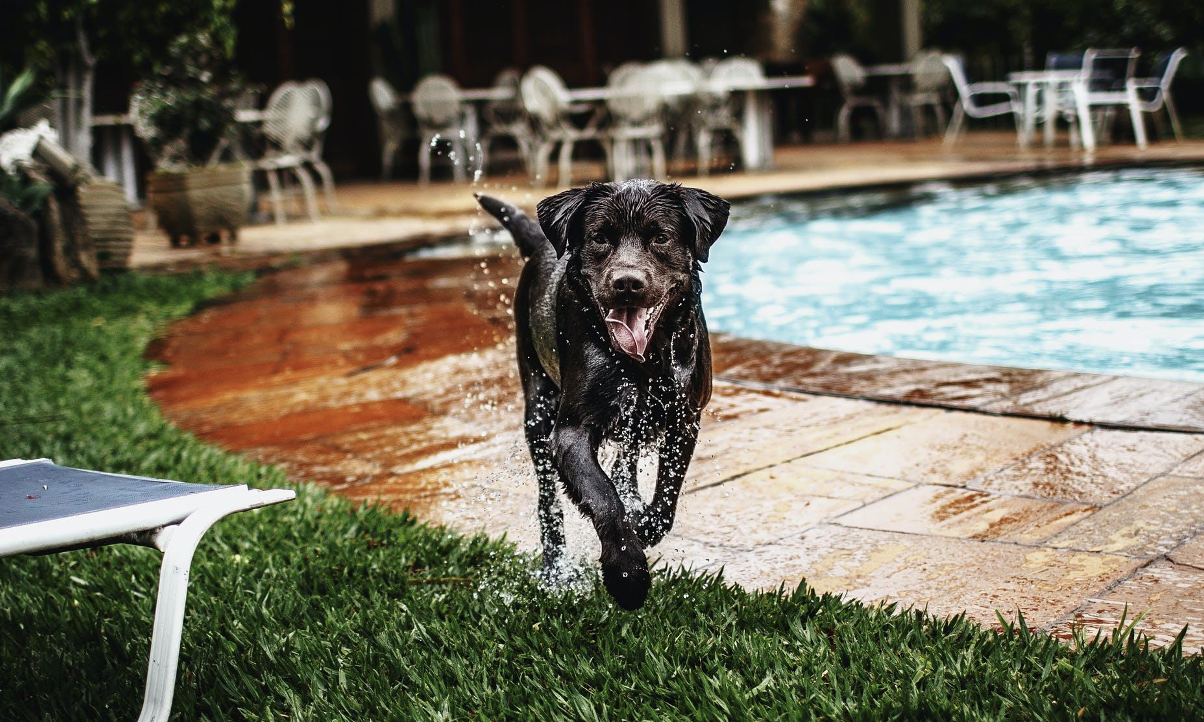Tips in Exercising a Dog With Osteoarthritis (OA)
If your dog is diagnosed with OA, it doesn’t mean all the fun activities you once enjoyed are over. But it may mean that you have to adjust some of the activities and expectations you have for exercising your dog.
Contrary to what many people believe, dogs with arthritis SHOULD exercise! In fact, being sedentary is one of the best ways to make joints more sore, lose muscle, and contribute to worsening arthritis symptoms.
Regular, low impact exercise is essential for arthritic dogs. Exercise has been shown to reduce pain, improve muscle mass and allow dogs to continue to do the things important to them.
Consult Your Vet First
If you suspect that your dog may have arthritis, schedule an appointment with your vet. Each dog is unique, and your vet will help you develop a management plan suited for your canine companion.
Treatments may vary depending on what part of your dog’s body is affected and how severe the arthritis is.
There are many management options available, and your vet should ensure that arthritic pain is well managed. But exercise should also be part of the management plan.
Introduce New Exercise Routines Slowly
A sudden burst of activity may cause added stress and injury to your dog. So make sure to introduce a new exercise routine slowly. This is especially true if your dog has just started on a new pain reliever and is all of a sudden feeling better than they have a in a long time! We have seen many dogs develop new injuries or exacerbate their arthritis by doing too much too soon after starting treatments such as Librela.
Try Low-Impact Exercises
Aside from walking your dog at a nearby park or around your neighborhood, there are plenty of low-impact activities you can enjoy together. Below are some examples:
Short Hikes can be great way to exercise a dog with osteoarthritis
Try finding a level trail that doesn’t have much of an incline. Start with a few short hikes, but make sure to observe your dog as you do it.
If your dog is more sore or is limping more at the end of the hike, later in the day or the following day, you may have started with too much. Next time you go out, go for a shorter and easier hike.
Indoor Games and Activities
Indoor activities are one way to keep your dog entertained while managing their mobility. You may play hide and seek with your dog or use interactive toys to keep them active.
Swimming
Swimming is a form of exercise that has a low impact on joints. Based on a study, dogs with OA that swim two to three times a week for 56 days can improve their hip and joint range of motion by 5%.
Conclusion
Appropriate exercise is an important part of managing arthritis. Avoid high impact activities such as jumping down and ball play. But it is important to keep your dog moving, so go for regular walks, gentle hikes, and talk to your vet or a rehabilitation practitioner about specific exercises that may be good therapy for your dog.
References
Clinical validity of outcome pain measures in naturally occurring canine osteoarthritis
https://bmcvetres.biomedcentral.com/articles/10.1186/1746-6148-8-162
Prevalence, duration and risk factors for appendicular osteoarthritis in a UK dog population under primary veterinary care
https://www.ncbi.nlm.nih.gov/pmc/articles/PMC5884849/
Effect of Swimming on Clinical Functional Parameters and Serum Biomarkers in Healthy and Osteoarthritic Dogs
https://www.ncbi.nlm.nih.gov/pmc/articles/PMC4060742/

